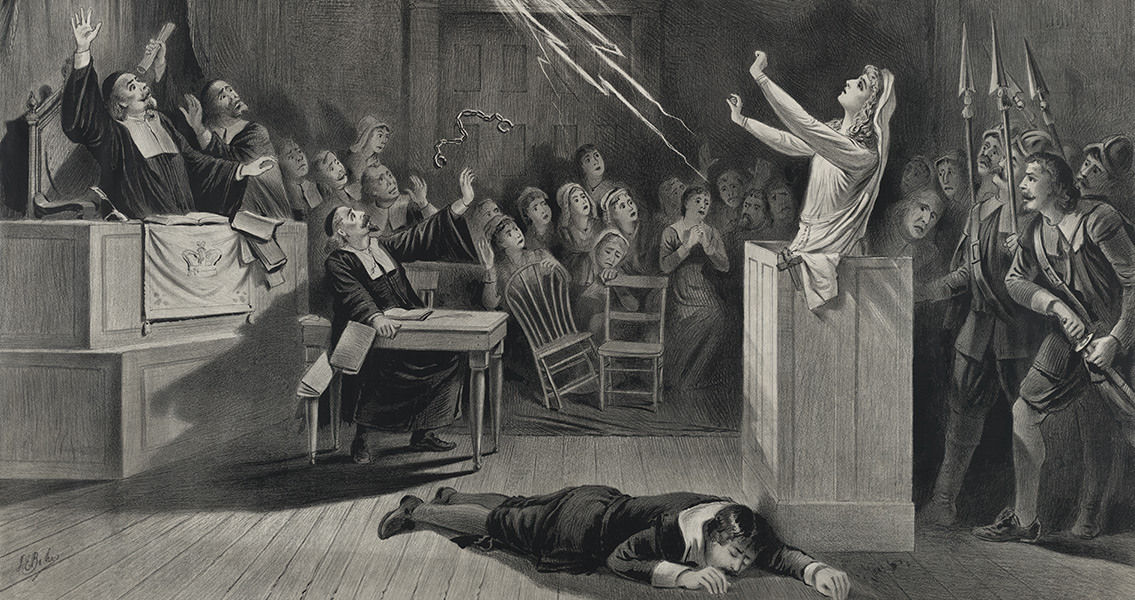<![CDATA[The Salem Witch Trials in colonial Massachusetts started in February, 1692 and ended in May, 1693 and resulted in the execution of twenty people (14 of which were women), all but one by hanging. Stemming from the accusations of two young girls, and fueled by fear, jealousy and ignorance this dark period of New England history has been a burden shouldered almost entirely by the town of Salem, Massachusetts. Now, a team of scholars has discovered the incongruous site of the hangings – an abandoned and trash strewn wooded lot frequented by the homeless. Known as Proctors Ledge, the lot has been owned by the city since 1936, and even at the time of purchase there were people (an attorney and local historian) who claimed that this was the actual site of the hangings, despite local belief the hangings had occurred on top of Gallows Hill. In the colonies of North America, during the seventeenth-century, most people believed that Satan was not only present but also active on Earth. This belief began in Europe in the fifteenth century and was brought to North America with the colonists. Peasants would use a sort of witchcraft to invoke charms for agricultural farming. From 1560 until 1670, witchcraft persecutions were commonplace as superstitions became linked to the devil. Researchers from the University of Virginia and Salem State University combined the old and the new to definitively ascertain that Proctors Ledge was the actual location of the executions. After reviewing the written accounts from eyewitnesses, researchers concluded they couldn’t have witnessed the executions at all if they had in fact taken place on Gallows Hill. Following this review, they turned to ground-penetrating radar as well as high-tech aerial photography which provided a visual representation of the topography of Proctor’s Ledge as it is today and how it was in 1692. As a result, the experts have concluded Proctors Ledge, which is now inauspiciously located behind a Walgreens drug store, is without a doubt where the hangings took place. Also revealed by the ground-penetrating radar is the depth of the soil in the area, which is only 3 feet, so although the executions were carried out at this spot, the victims weren’t buried there. Furthermore, researchers were unable to locate the remnants of a gallows or any indication one had been constructed there which leads them to believe the hangings were performed with a rope thrown over a tree limb. Research team members have expressed feeling the huge sense of history at the location. Team member Marilynne Roach told WGBH that being on a spot where such events took place gives you a sense of connection, and even if you missed the event, you’re there. Since the definitive discovery of the site, the town of Salem is considering a memorial or marker for the victims. The location of Proctor’s Ledge, which is adjacent to a residential area and a commercial building, could make that a difficult undertaking. According to Kim Driscoll, due to the abutting homes and the limited parking the best place to remember the victims of the Salem Witch Trials is at the memorial already in place in Salem’s downtown area. ]]>
An Inauspicious Execution Location for Witch Trial Victims
